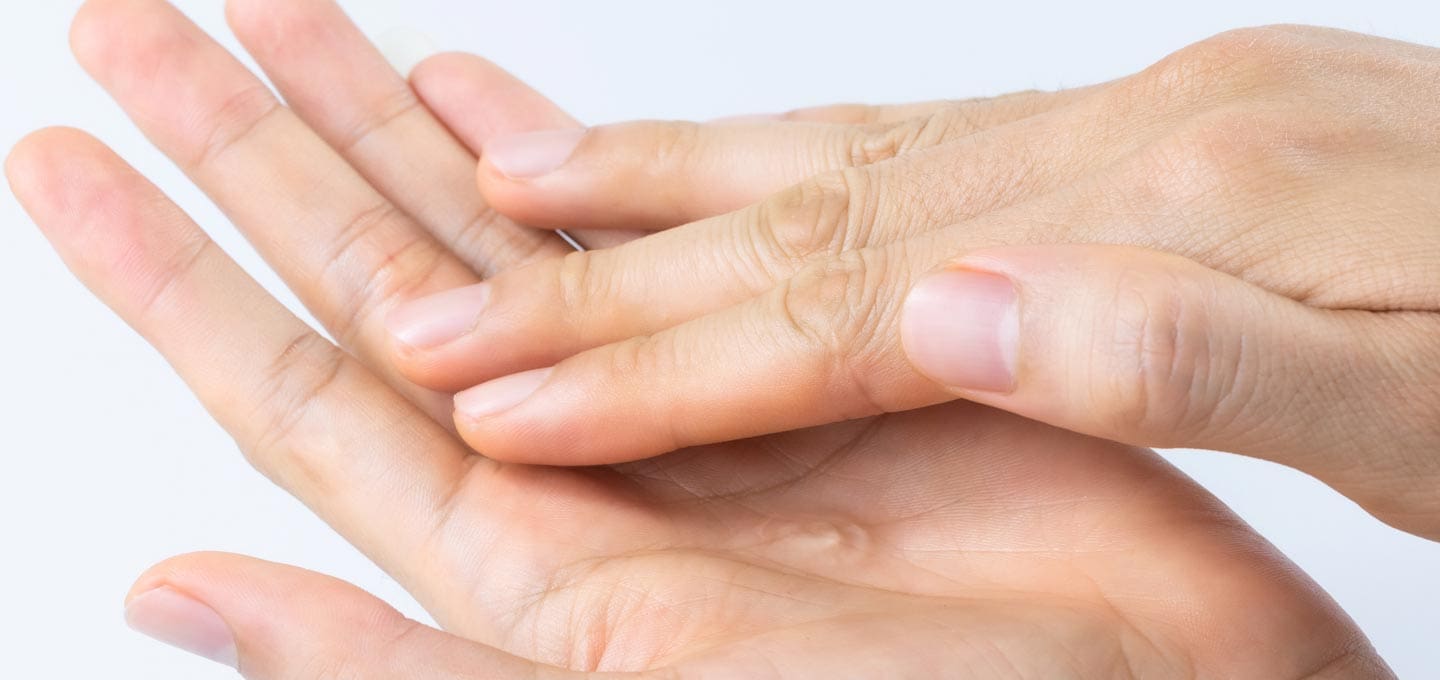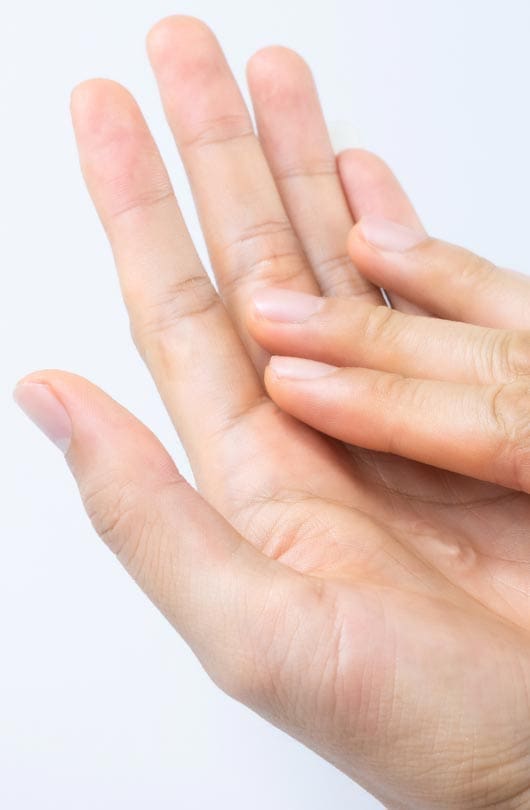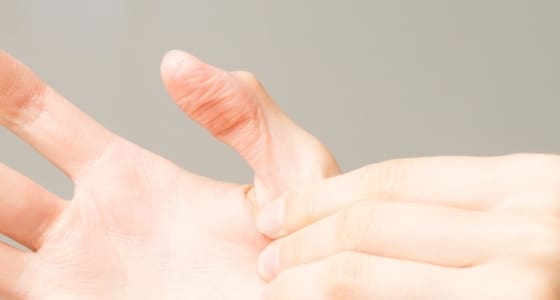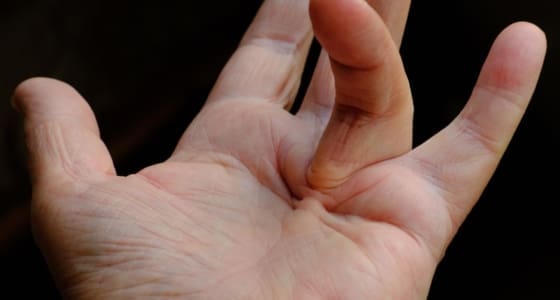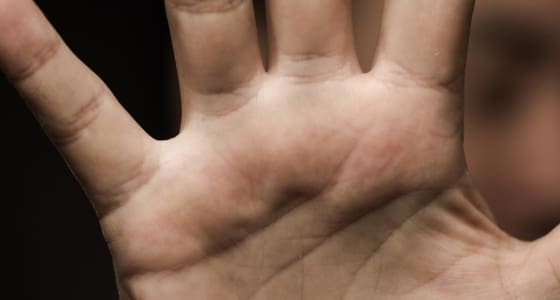This surgery typically involves the release of the constricted tendon sheath that encases the flexor tendons in the affected finger, allowing for smoother motion and alleviating discomfort.
The main objectives of trigger finger surgery include:
Alleviating Pain and Discomfort: Individuals with trigger finger often experience pain, stiffness, or a sensation of locking in the affected finger. The surgery aims to address these symptoms by releasing the pressure on the tendon, resulting in significant pain relief.
Restoring Normal Finger Function: Chronic triggering can lead to decreased mobility and difficulty in performing everyday tasks. By surgically releasing the tendon sheath, the procedure facilitates normal finger movement, improving overall hand function and dexterity.
Preventing Further Complications: If left untreated, trigger finger can lead to persistent pain and potential damage to the tendons. Surgical intervention helps prevent these complications, ensuring better long-term health of the finger and hand.
While trigger finger surgery can provide lasting benefits, it is essential to recognize that recovery may vary and rehabilitation might be necessary to regain full movement. Ultimately, the procedure can significantly enhance the quality of life for those suffering from trigger finger.
